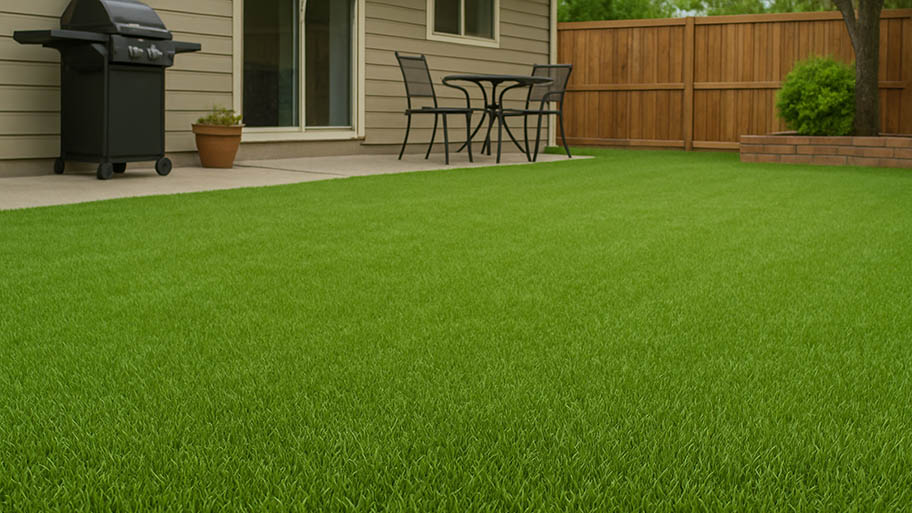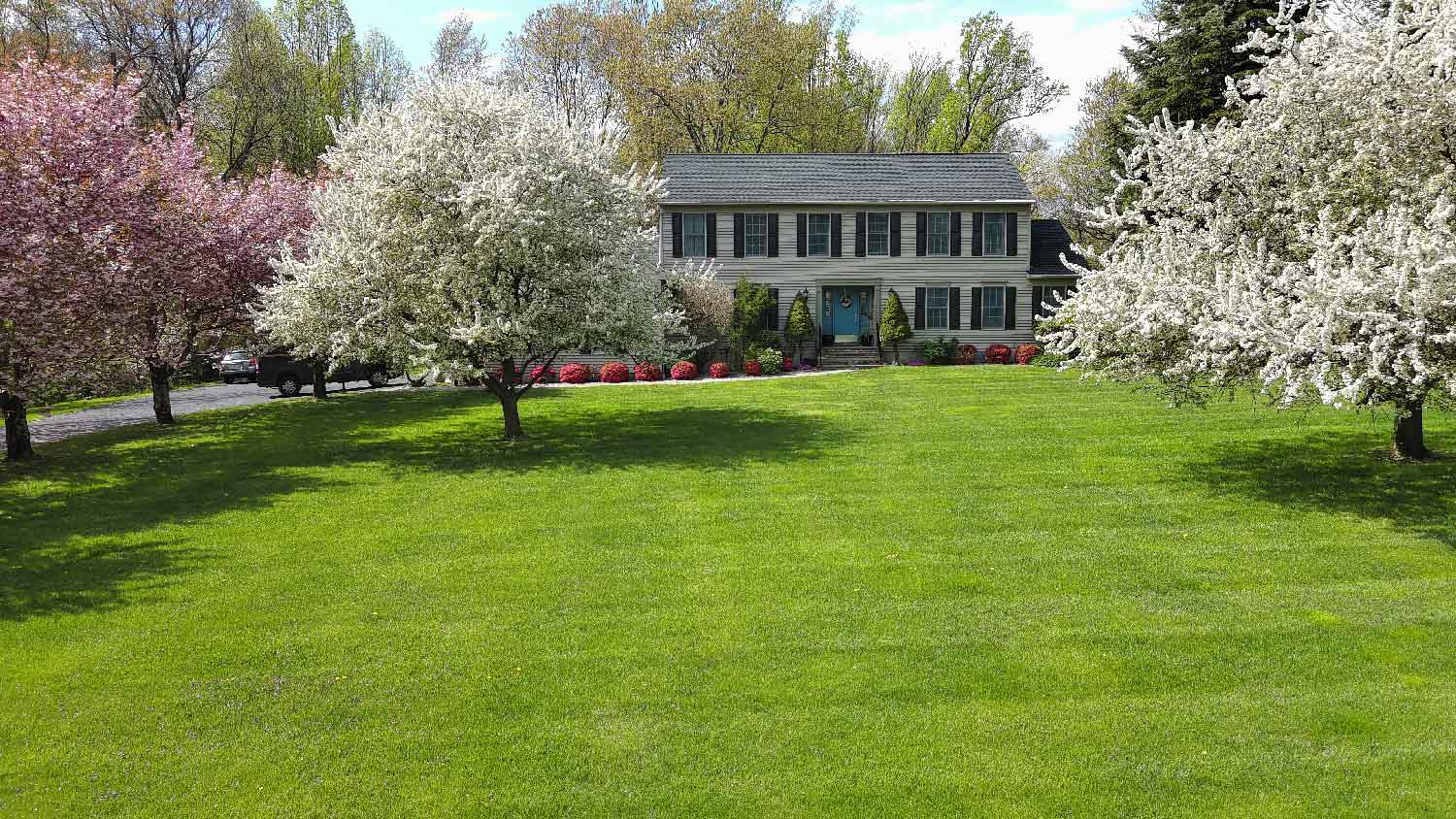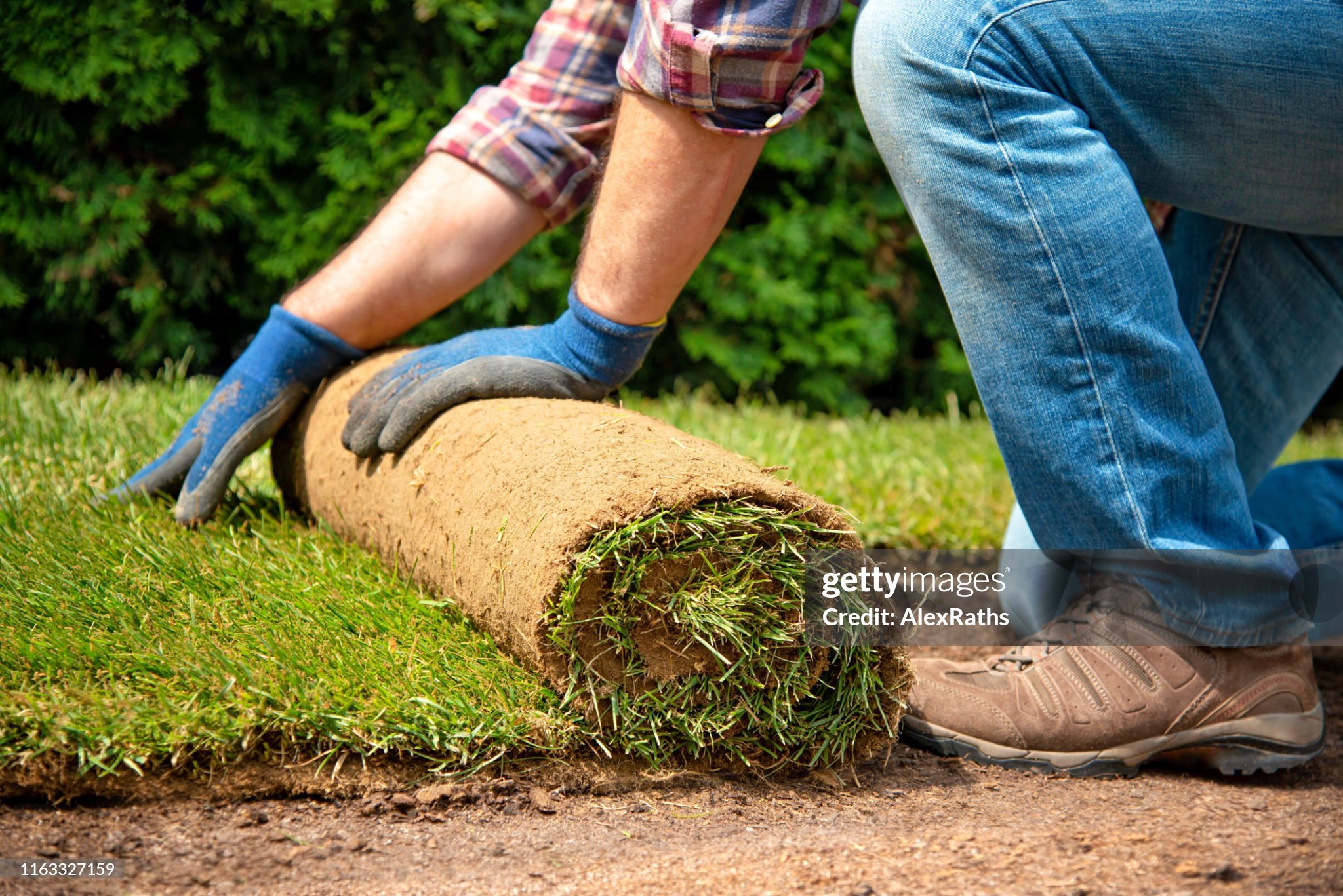
Get matched with top rototilling pros in Chadron, NE
Enter your ZIP and get matched with up to 5 pros
Need a pro for your rototilling project in Chadron, NE?
Find Rototilling pros in Chadron
No results for Rototilling pro in
Try adjusting your search criteria.The homeowners guide to home care is here
From average costs to expert advice, get all the answers you need to get your job done.

The cost to renovate your lawn depends on the extent of the damage. Our guide will show you how much lawn renovation costs.

Artificial grass is a low-maintenance alternative to traditional turf. Learn how much artificial grass installation costs and what affects your price.

How much it costs to rent a lawn aerator depends on what kind you rent and how long you rent it for. Read on for the full details.

Have you been wondering, “Why is my yard lumpy?” Learn about the likely causes of a bumpy yard and what you can do to flatten it out for good.

A sandy soil composition brings a unique set of challenges to your lawn. Choose a grass for sandy soil that's ready to adapt to your area's climate no matter the weather.

This calculator will help you estimate how much wood flooring you’ll need to purchase for your home so that you can start budgeting.